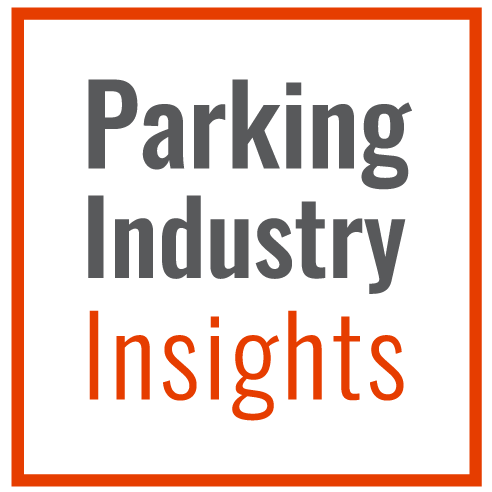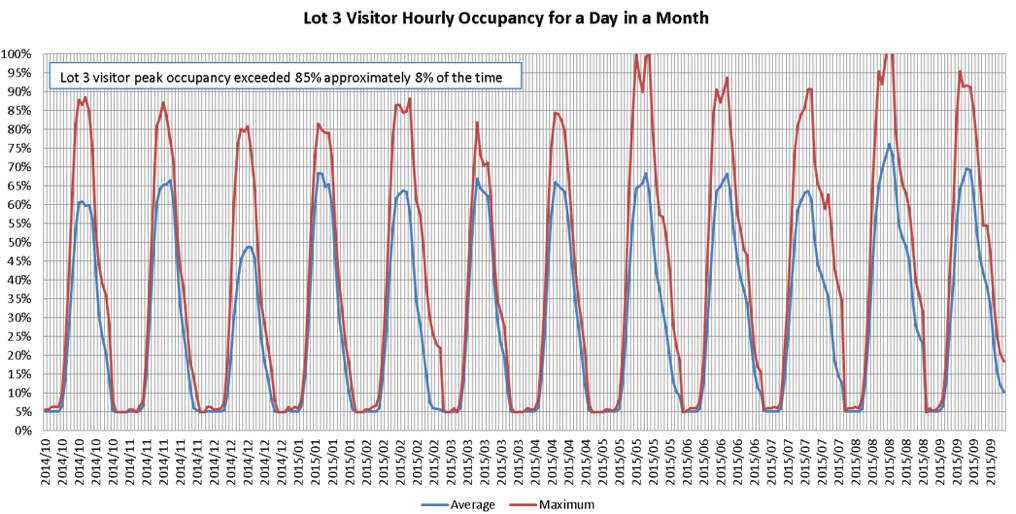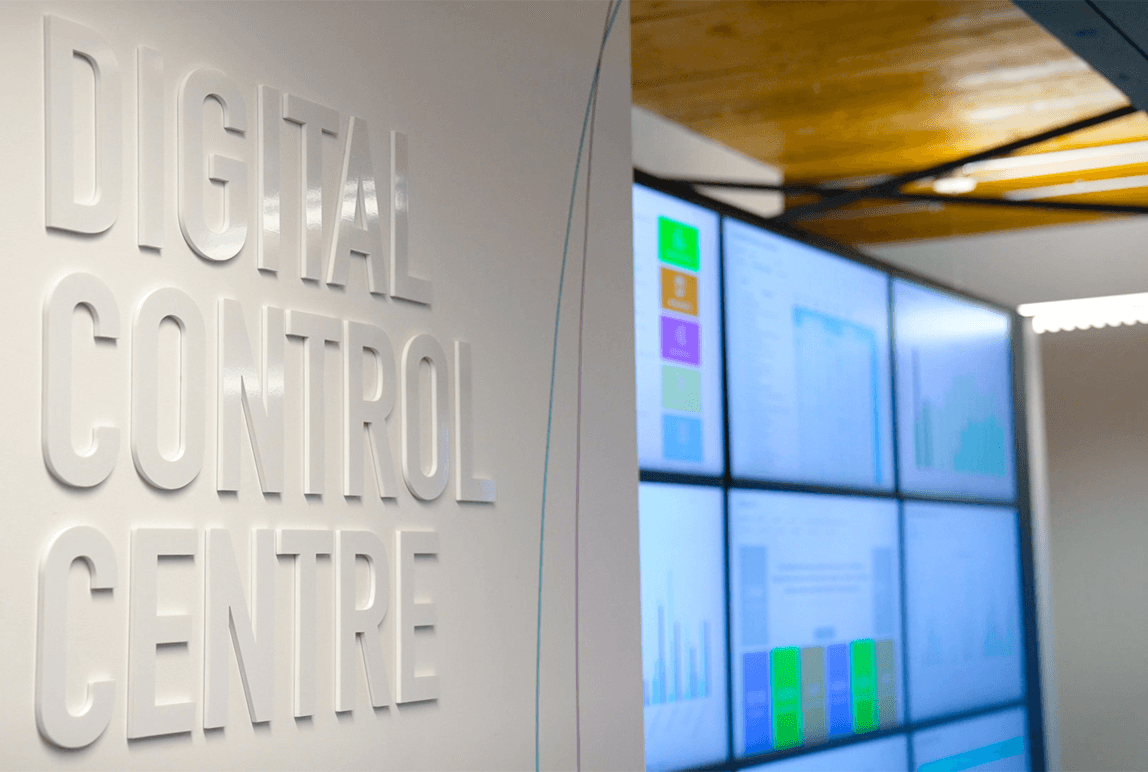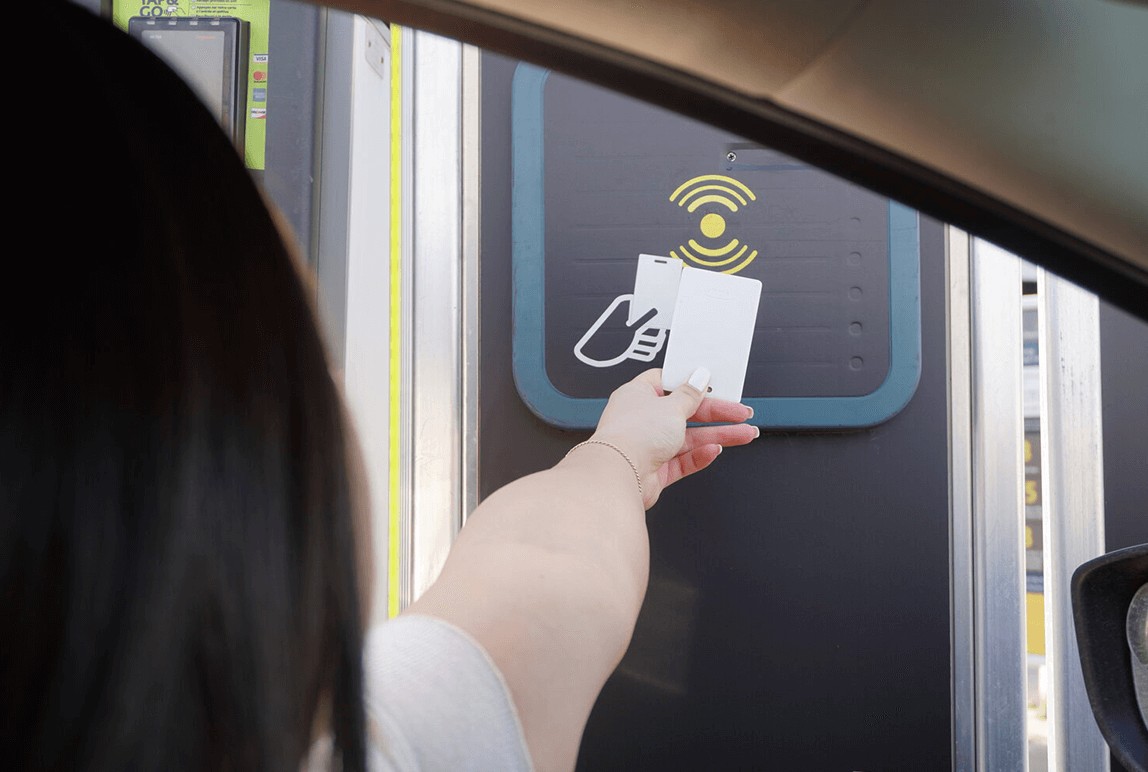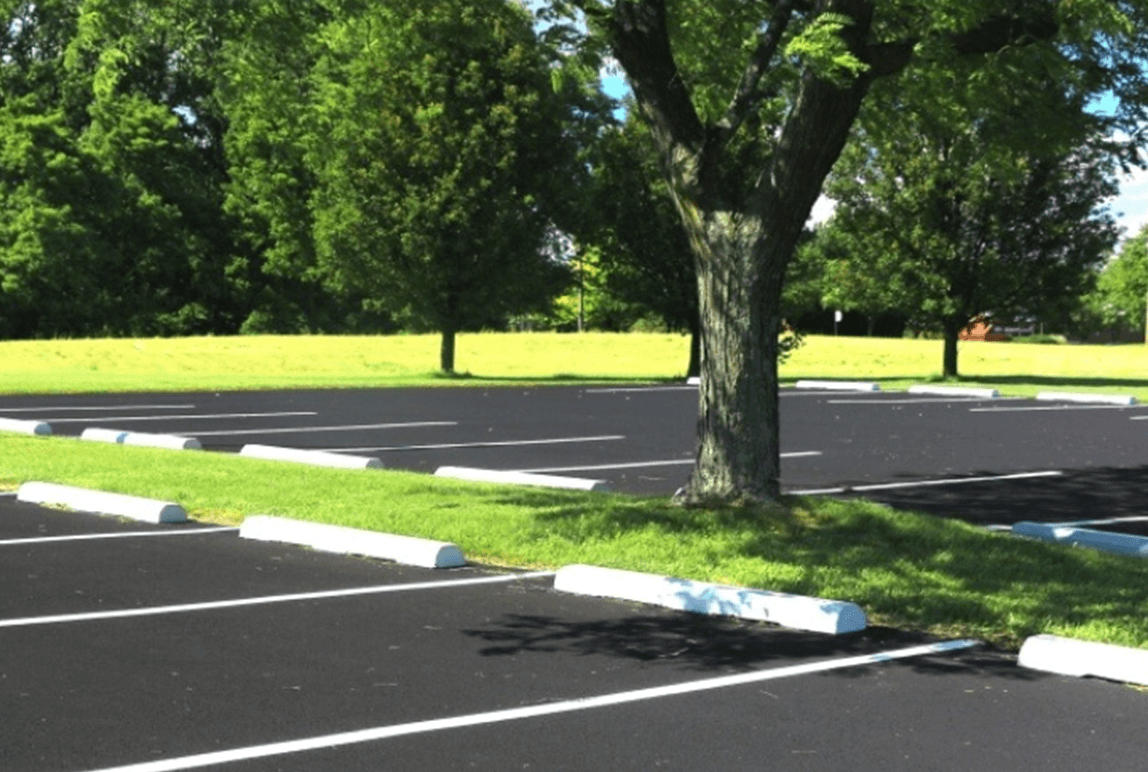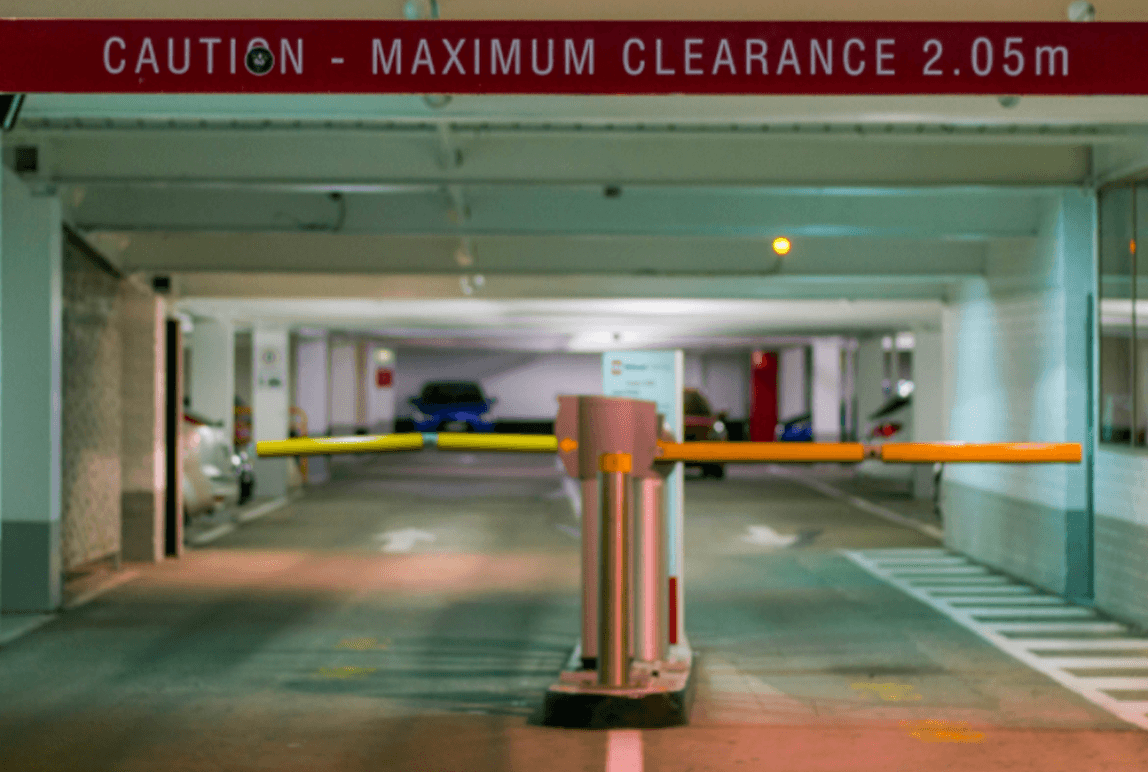Parking in a Post-COVID-19 World: Measure, Measure and Measure!
Posted: Sept, 30, 2020 12:27PM ET • 5 min read
A lot has been written and communicated already through television reports, podcasts, news journals, social media and webinars about solutions to the the negative impact of COVID-19 on parking as economies in our cities gradually open up. COVID-19 has been devastating to peoples lives and businesses around the world, and parking is no different. There have been reductions in parking demand (usage) of 80% to 90% and the accompanying gigantic losses in revenue. So what lies ahead? To be completely blunt, no one really knows and yes there are many scenarios that we should all be thinking about and planning for. Out of a multitude of questions, some key questions to consider are:
What if parking demand recovers, but only to 70% (or lower) occupancy levels prior to the pandemic?
What if more people continue to work from home as a normal work routine approved by their employers and there is a resulting drop in floor space needed at their workplaces and less number of parking spaces required?
What if more "choice" public transit riders (i.e. those that always had access to a car and chose to use transit) decide to lower their use of transit from the pre-COVID-19 period and instead drive their own car or carpool or walk or cycle?
If future vaccines, treatments and new testing methods abolish COVID-19 (and subsequent viruses), will overall travel demand (and parking occupancy) return to pre-COVID-19 "normal" levels?
What's the best scenario to plan for given "the only certainty is uncertainty" and optimizing our limited time and resources?
These are all critical questions to take time in reading, listening to others and thinking more about before developing actions and solutions. Here's my attempt at addressing the last question.
As in the real estate industry, it's all about "location, location, location," I propose the parking industry adopt a similar phrase, "measure, measure, measure!" In addition to providing spaces for vehicles, parking is a very data-rich industry similar, though on a much tinier scale as the large data mining companies of Google, Facebook, Instagram, Apple and Microsoft, based on the fact that parking is transaction based. Every time a motorist taps their card on an entry/exit point at a gate, a customer pays with cash/debit/credit card for parking at a terminal, a person pays for parking using their smartphone, a car's licence plate is automatically photographed at entry (licence plate recognition technology), a gate opens from a transponder on a car's dashboard, etc. these are all transactions and stored in a database. This data has been available for years with restricted access only to the operators or owners of the parking service where management reports and KPIs (Key Performance Indicators) may be produced. With most parking operators and owners primarily focused in the pre-COVID-19 period on revenue and profitability, the regular monitoring of parking occupancy (daily, weekly, monthly, quarterly & annually) that drives parking revenue has often been ignored and only reviewed to resolve supply/demand problems through occasional ad hoc detailed analysis and studies.
In paid parking operations, occupancy and revenue data may be extracted on a regular basis from existing equipment and technology, such as pay and display, pay by licence plate, pay by smartphone, gated “Pay-on-Foot,” permit pay online and other technologies. If existing standard reports are not in the format to easily “tell the story” on parking occupancy levels through graphs and tables, data may be extracted from the raw database of the various technologies by:
Obtaining the file(s) from the the vendor’s data management program in .csv (Excel) format or text format
“Cleaning” the data by discarding bad records (i.e. parking equipment failures)
Importing the data into Excel, Microsoft Access or MS SQL
Using MS Power BI to create dashboards.
The above data extraction does not have to be expensive as the data already exists from the parking equipment and technology and may be analyzed used existing standard software (i.e. Excel, Access, SQL). If no internal expertise is available, co-op college and university students or other external resources may perform these tasks to produce user-friendly charts and graphs.
Why Measure and Monitor?
During this period of uncertainty of moving towards the post-COVID-19 world, closely measuring and monitoring parking occupancy and revenue performance provides invaluable readily available facts upon which to make decisions over a short timeframe about:
Changes to the mix and quantity of parking: staff, public, reserved, unreserved, carpooling, EV (Electric Vehicle) & Accessible spaces
Adjusting parking fees
Time limit changes
Benchmarking among parking facilities and comparisons to others
Leasing under-utilized parking spaces to neighbouring properties
Re-purposing parking spaces for other uses (storage) or sale (land severance)
Continuation of Social Distancing by reconfiguring parking facilities if space and geometrics allow.
There is an abundance of existing parking occupancy data from parking operators and owners equipment and technology that has been available for years prior to COVID-19, providing excellent data upon which to make critical decisions on an immediate basis as the local economies begin opening up. A call to action for the parking industry, as a normal business practice, must be one of “measure, measure, measure!”
Share Article:
ABOUT THE AUTHOR
Vince Mauceri
Founder and Principal
Vince Mauceri is an independent transportation consultant with more than 35 years of experience and success in both the public and private sectors in public transit (conventional & paratransit) operations & management, parking, traffic operations, TDM (Transportation Demand Management), project execution and transportation planning. Vince has held professional and management positions at Metrolinx, Coinamatic Canada’s parking division, as Director of Transit & Traffic with the City of Burlington and various transit planning management positions in Mississauga, Hamilton and Kitchener. In mid-2010 he founded his own independent consulting firm, Transforward Consulting Group Inc. specializing in parking operations, technology, management, planning and analysis and public transit planning and operations.
Vince holds a bachelor’s degree in planning from the University of Waterloo, a post graduate diploma in public administration from the University of Western Ontario, is Registered Professional Planner (RPP) in Ontario and an honourary life member of the Ontario Public Transit Association (OPTA). Vince and his wife are long time residents of Burlington, Ontario and are empty nesters having 2 adult daughters.
Questions?
Fill out the form below and we will do our best to connect you with a suitable contact.
